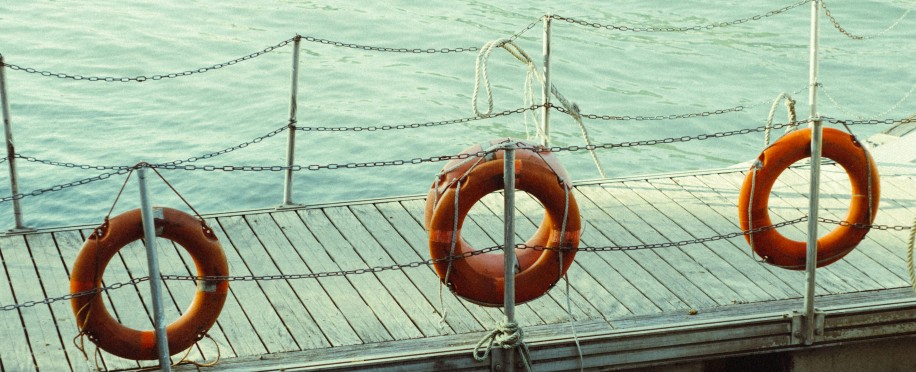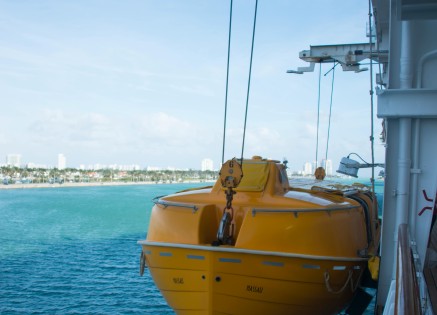Copyright © 2025 lmitac.com All Rights Reserved. Contact - Terms and Conditions - Privacy Policy - Quality Policy - Become an instructor - Vacancies - Sitemap
London Maritime Academy is a trade name for London Premier Groupversion: 2.9.0
London Maritime Academy is a trade name for London Premier Group

Posted on : 1/11/2025, 9:54:10 PM
Oceans are great to look at and oil-paint, but they can be a complete wreck if you're stranded on a sinking ship surrounded by water. In those critical moments, your survival depends on more than just hope. That’s where life-saving equipment, like life rafts, becomes your best bet. But how do these rafts deploy when time is running out and chaos takes over? Hydrostatic Release Unit (HRU), a small but mighty beacon of hope that works behind the scenes to ensure life-saving equipment is released exactly when it’s needed.
A Hydrostatic Release Unit (HRU) is a device designed to automatically release liferafts and emergency equipment when a vessel sinks. Its function is simple yet reliable. When a boat is submerged to a certain depth underwater, the HRU systems are triggered by the surrounding hydrostat water pressure to keep ships safe in extreme marine conditions. This allows the release of the spare liferaft, which floats to the surface, providing a means of survival for the crew and persons on deck and prevents the loss of lives.
It’s a crucial component of maritime safety equipment, ensuring that even if a ship sinks quickly or if there is no time to manually deploy rafts, there’s an inflatable lifeline ready to be used for easy evacuation.

The Importance of HRUs in Maritime Safety
Hydrostatic Release Units are one of those devices that operate quietly in the background but are absolutely essential in maritime emergencies. They are standard requirements by international regulations like the International Convention for the Safety of Life at Sea (SOLAS). Without them, a life raft may remain attached to a sinking ship, rendering it useless in an emergency. The automatic nature of HRUs can quite literally be the difference between life and death in situations where every second counts.
It’s no surprise that many maritime safety courses in Hamburg emphasize the importance of HRUs during their training sessions. Hamburg, being one of Europe's largest and most important ports, provides comprehensive training to maritime professionals, preparing them to handle these life-saving devices with expertise.
Hydrostatic Release Units come in all shapes and sizes, there's a type of HRUs for every category of ships, from cruise ships and yachts to shipping vessels. Understanding the main components of these products helps illustrate just how ingeniously simple this device is. An HRU typically consists of the following parts:
Among the leading countries in the market, Germany is known for its strong maritime industry and high-quality safety equipment, Some of the most popular Hydrostatic Release Units (HRUs) in the maritime sectors are known for their strength, quality capacity and ability to meet with SOLAS regulations.
Maritime authorities stress the importance of proper installation, maintenance, and regular inspection of HRUs. This is why many maritime safety courses in Hamburg include practical training on HRUs, teaching security officers how to inspect and manually deploy them if necessary. Having a well-trained crew that understands the operation and importance of these devices can make a huge difference during emergencies.
In maritime safety, Hydrostatic Release Units are a lifeline—quite literally. These small model devices, working reliably in the background, ensure that life-saving equipment like life rafts are deployed when needed, often without any manual intervention.